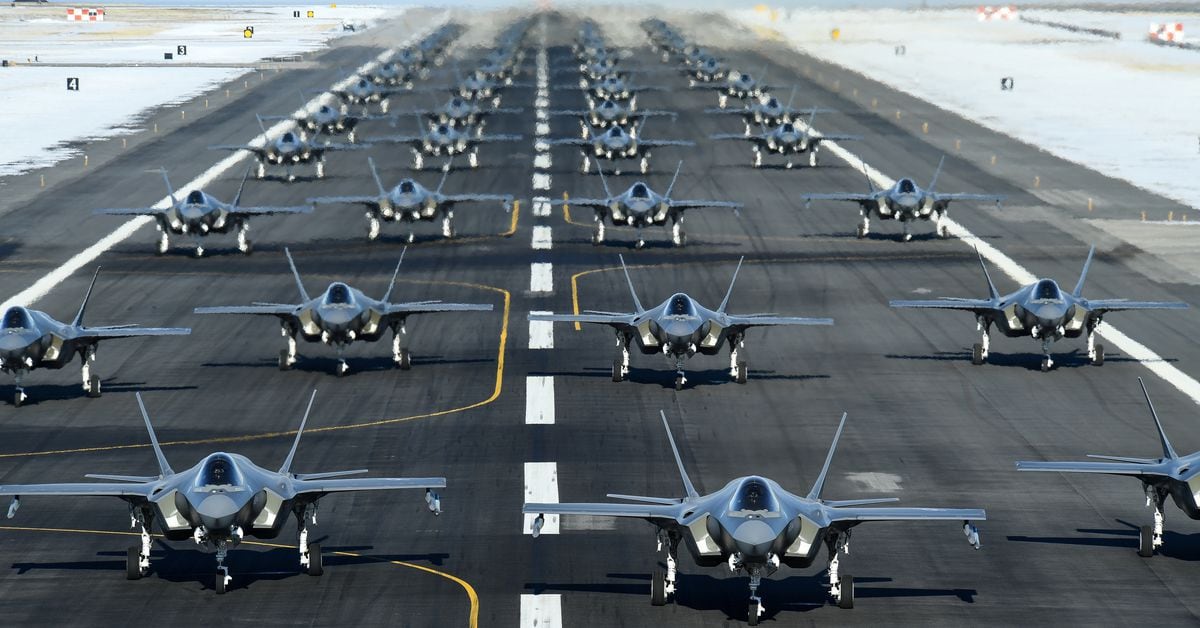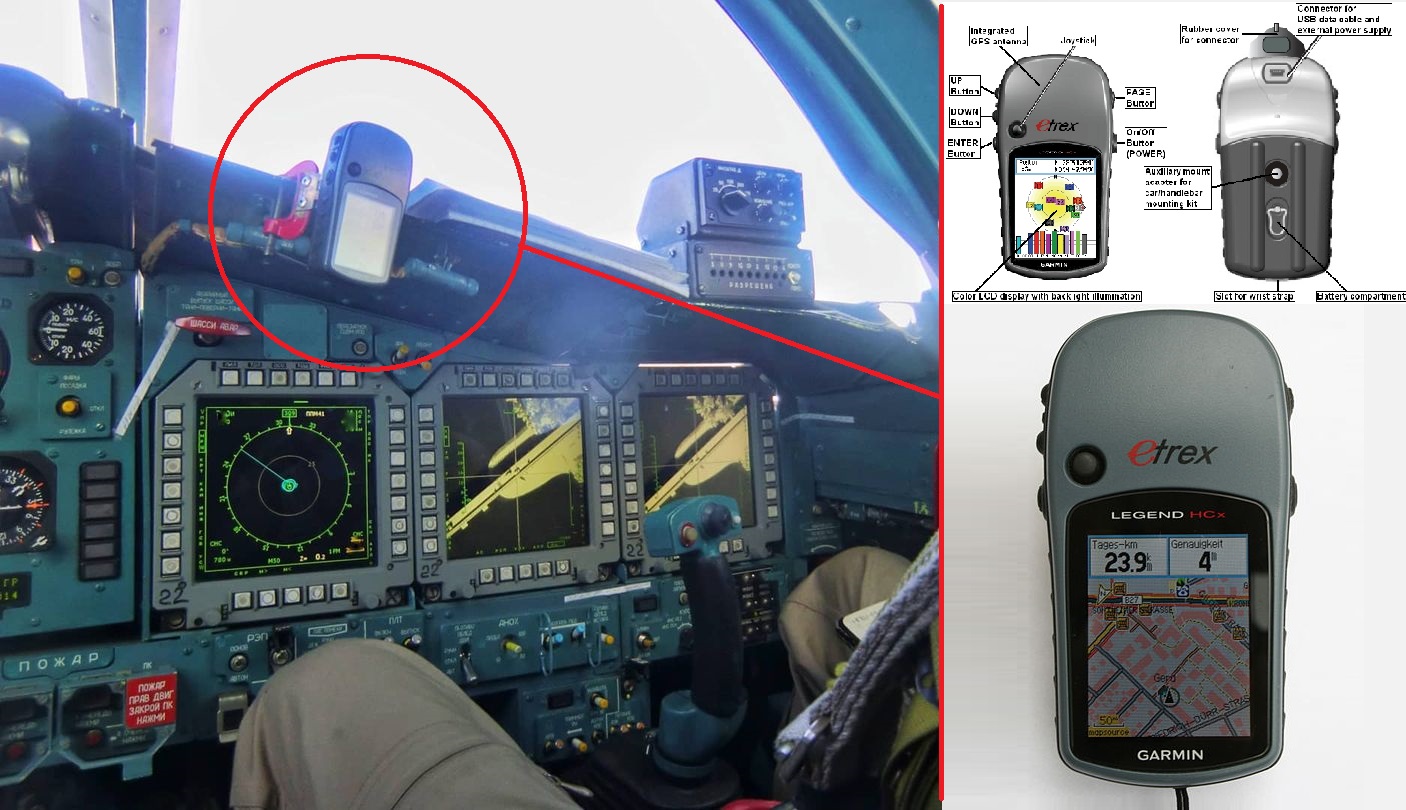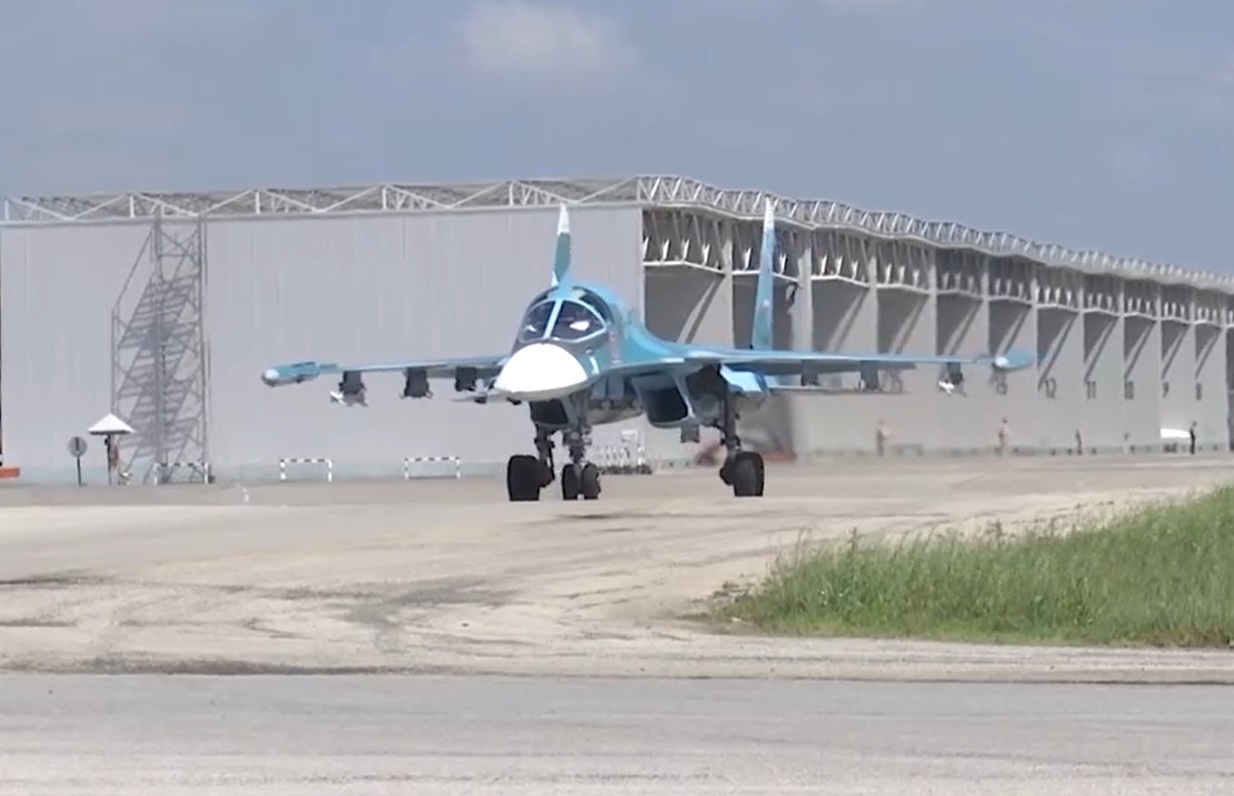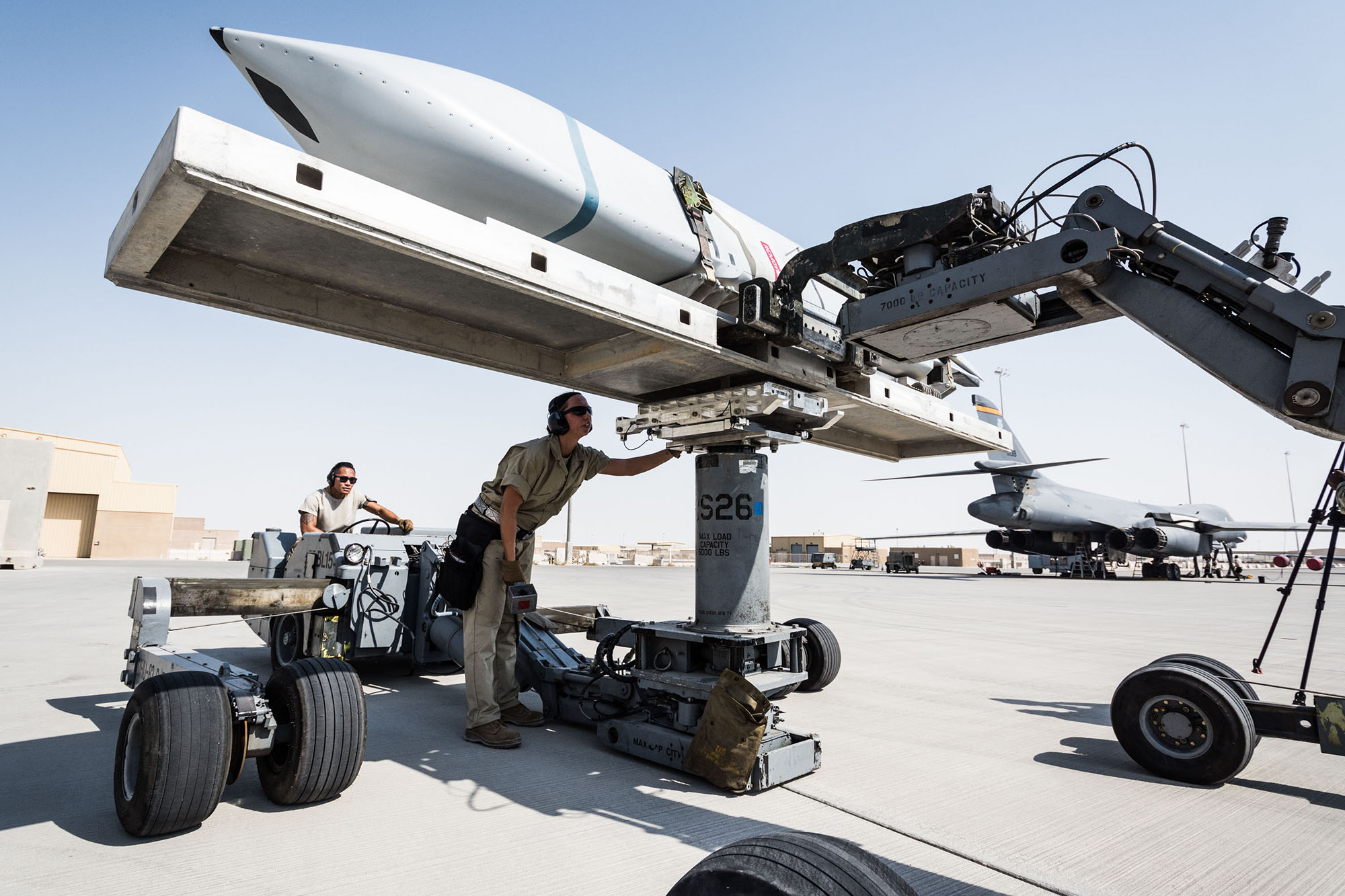Kuvalla oli tarkoitus valaista ihmisiä kuinka paljon venäjä hallitsee meidän ilmatilaa jo pelkkien tutkien kanssa.Mille korkeudelle kuva on piirretty? Paljonko olet määrittänyt altistusajaksi (eli ajaksi, jonka verran voi turvallisesti olla tietyllä etäisyydellä ohjuspatterista), jonka perusteella kantamat on piirretty?
Ohjussiiloista ammutaan käsittääkseni mannertenvälisiä ohjuksia, joten niiden sijainnilla ei liene merkitystä. Lisäksi en ymmärrä kuinka hävittäjien häive auttaa tukikohtia selviämään ballistista ohjuksia vastaan.
Häiveen hyödystä olen kyllä samaa mieltä.
Install the app
How to install the app on iOS
Follow along with the video below to see how to install our site as a web app on your home screen.
Note: This feature may not be available in some browsers.
You are using an out of date browser. It may not display this or other websites correctly.
You should upgrade or use an alternative browser.
You should upgrade or use an alternative browser.
Ilmavoimien tulevaisuus
- Viestiketjun aloittaja Museo
- Aloitus PVM
-
- Tagit
- ilmavoimat tulevaisuus
Millä tavalla hallitsee, onhan (rummunpärinää) Suomessakin tutkia?Kuvalla oli tarkoitus valaista ihmisiä kuinka paljon venäjä hallitsee meidän ilmatilaa jo pelkkien tutkien kanssa.
Millä tavalla hallitsee, onhan (rummunpärinää) Suomessakin tutkia?
Mut Venäjällä on Suomessakin tutkia selvästi

apumekaanikko
Majuri
@Sandelzz, ajatuksesi on tärkeä, mutta jää vaillinaiseksi, koska et ota huomioon maatutkien katvealueita, et ohjusten todellista tarkkaa vaikutusetäisyyttä etkä hävittäjäkoneiden liikehtimiskykyä. Noin alkajaisiksi.Kuvalla oli tarkoitus valaista ihmisiä kuinka paljon venäjä hallitsee meidän ilmatilaa jo pelkkien tutkien kanssa.
@mechanicus antoi alustavan tietoiskun ja kun asia sinua selvästi kiinnostaa, niin aiheesta on käyty täällä kattavat keskustelut, jopa useaan kertaan
 . Niin että rattoisia selailuhetkiä vaan...
. Niin että rattoisia selailuhetkiä vaan...Olympiakasarmi
Kenraali
Lockheed Martinin Aeronautics yksikössä on menossa salainen tutkimusprojekti, joka johtaa aikanaan laitteen tuotantoon. Digital Century Series? SR-72? Aeronautics yksikkö valmistaa nimen omaan löentokoneita.

 www.reuters.com
www.reuters.com

Lockheed's F-35A could face first price rise in years as inflation bites
Lockheed Martin Corp (LMT.N) said future F-35A fighter jets could be more expensive as rising inflation and customer demands halt a 64% drop in price since the jet was first introduced in 2007.
Lockheed Martin Corp told Wall Street analysts on Monday that it had a $225 million loss on a classified development program at its Aeronautics business unit, sending its shares down, but said the work will eventually lead to a production contract.
No nyt vaikuttaa lupaavalta.
edit:
Cold Spray Technology Could Allow Air Force To Quickly Repair Aircraft Parts Instead Of Replacing Them
Jatkuu linkissä.For decades, U.S. Air Force aircraft maintenance crews have religiously followed the “component swap” model. When an aircraft part is worn out, swap it for a new one. It’s a model which works - if you have new parts, time and money available. With all three in short supply, Cold Spray (CS) additive technology could allow maintainers to renew worn or broken parts while still on an airplane, getting it mission-ready quickly while in the field.
The 28th Bomb Wing at Ellsworth Air Force Base in South Dakota is spearheading USAF efforts to apply CS repairs to operational aircraft. Working with students and professors from the South Dakota School of Mines and Technology, personnel from the 28th Maintenance Group Additive Manufacturing Flight repaired an over-wing faring slip joint on an operational B-1B bomber using CS back in May.
The slip joint is basically a part which allows the B-1’s wing to flex vertically. What’s important to recognize is that the repair was done in situ with the joint in place. The standard practice of swapping in a new slip joint would have required the costly and time-consuming removal of the B-1’s wing.
“This would have normally involved eight weeks of downtime,” says Brian James, a Ph.D. graduate student at Mines and the additive manufacturing chief engineer with the 28th Maintenance Group. “With cold spray we were able to do this in a couple of hours.”
The B-1B began active service in 1986 and all 100 bombers were delivered by 1988 so obtaining parts is difficult, often requiring cannibalization of another airplane. Combining this with the disassembly required, to replace the slip joint would have resulted in a $500,000-plus bill for the Air Force. Cold Spray repair of the original part cost a small fraction of that.
edit:
Cold Spray is an additive manufacturing process much like 3-D printing. In simple terms, tiny metal particles are mixed with a carrier gas (typically nitrogen or helium) and accelerated to Mach 2-3 speeds through a nozzle. For CS repairs, the particles are sprayed directly onto a part, adding material to build it back up and strengthen it.
“Basically it’s the speed of a rifle,” Robert Hrabe, CEO and co-founder of South Dakota-based VRC Metal Systems explains. “If you imagine shooting a rifle bullet into a thick metal plate, the bullet embeds into the surface, effectively welding itself there. We’re doing the same thing only the particles are 5 to 15 microns [in size], about the consistency of baby powder.”
The particles coalesce into a solid state, creating a high strength, structurally sound bond. Once applied, the new material is machined to match the original shape or tolerances of the part being repaired. In that way, CS is both an additive and subtractive process.
Viimeksi muokattu:

A-10 Warthogs Are About To Operate From A U.S. Highway For The First Time
We have seen USAF highway exercises in Europe and the Pacific, and now they are coming closer to home.

Russia Threat Could See U.K. Fighter Jets Operating From Highways Once Again
The Royal Air Force has plans for a series of drills that will test its fighters' abilities to operate from dispersed airstrips.
Viimeksi muokattu:
Olympiakasarmi
Kenraali
Näkyy Venäjän oma kalusto olevan huonoa, kun käyttivät Syyriassa Su-34 koneissa USA:ssa valmistettuja GPS-vastaanottimia.


 defence-blog.com
defence-blog.com


Russian pilots use US-made GPS receivers during combat missions in Syria
Russian military pilots use commercial GPS receivers during their combat operations in Syria, according to Viktor Alksnis. Nationalist politician and Soviet Air Force veteran Viktor Alksnis drew attention to recent images of Su-34 Fullback fighter-bomber aircraft in Syria, writing on Facebook...
Huhta
Greatest Leader
Näkyy Venäjän oma kalusto olevan huonoa, kun käyttivät Syyriassa Su-34 koneissa USA:ssa valmistettuja GPS-vastaanottimia.


Russian pilots use US-made GPS receivers during combat missions in Syria
Russian military pilots use commercial GPS receivers during their combat operations in Syria, according to Viktor Alksnis. Nationalist politician and Soviet Air Force veteran Viktor Alksnis drew attention to recent images of Su-34 Fullback fighter-bomber aircraft in Syria, writing on Facebook...defence-blog.com
Samasta aiheesta oli juttua jo vuosia sitten. Silloin käsi-GPS:lle oli askarreltu oma telinekin siniseksi maalatusta puusta. Ja huhujen mukaan lennonjohdot tms. alkoivat ihmetellä, kun venäläiskoneet pysyivät niin nätisti kv-ilmatilassa Suomenlahdella. Kävi ilmi, että siellä oli ohjaamoissa juuri noita laitteita.
HX-Growlerin pelipuikko. Maailmalla HARMeja näkyy myös muualla kuin laivastossa. Joten eiköhän se F-35:hen tule ennen pitkää kyseeseen.

 seapowermagazine.org
seapowermagazine.org
The development of the AARGM-ER was in part in response to the need to accommodate the missile in the weapons bay of the Air Force F-35A and Navy F-35C Lightning II strike fighter. The Marine Corps F-35B, which has a smaller weapons bay, will be able to carry the AARGM-ER on a wing station....
...Italy, Australia and Germany are equipped with the AARGM and are potential customers for the AARGM-ER, as is any nation operating the F-35...."

Navy Decision Approving Production Decision of AARGM-ER Expected Soon - Seapower
Navy Decision Approving Production Decision of AARGM-ER Expected Soon Front Page
Viimeksi muokattu:
Royal Australian Air Force selects Lockheed Martin for next phase of program to develop Joint Air Battle Management System
Australian Minister for Defence, and the Minister for Defence Industry select Lockheed Martin Australia, as one of the two primes selected, to participate in the Royal Australian Air Force’s AIR6500 Phase 1 Project (AIR6500-1): Competitive Evaluation Process Stage 2 (CEPS2)
Nyt kannattaa vaivautua lukemaan otsikkoa pidemmälle. Puhetta juuri siitä jota meille tarjottu.

 www.airforcemag.com
www.airforcemag.com
The Air Force only has a “small ramp-up” planned for the Long-Range Anti-Ship Missile (LRASM) variant of JASSM, Collins said. He declined to say why the service is only buying a small handful of LRASMs, saying only that requirements are determined by the Air Staff. Not as many Long-Range Anti-Ship Missiles will be needed as Joint Air-to-Surface Standoff Missiles because “of the target set we’re going after.”
The JASSM-ER (extended range) is the preferred version, and the Air Force is “transitioning” to the B2 version of the missile while doing “initial … tech insertion” to create a “D” version of the missile, Collins reported, saying the directorate will “continue to evolve” the weapon. The D model provides “more flexibility.”

As Air Force Ramps Up JASSM, Work Begins on its Replacement | Air & Space Forces Magazine
The US Air Force is already discussing what comes after the AGM-158 Joint Air-to-Surface Standoff Missile, even as JASSM production expands.
Hyvä ketju miten Italia näyttää voivan ostaa niin tolkuttomasti. Ilmeisesti varastavat käytön puolelta. Ilmavoimissa menee hyvin, mutta maavoimat ja laivasto näyttää pahalta verrattuna Britteihin.
(ketju on hiukan pidempi kuin lainatut osuudet)
(ketju on hiukan pidempi kuin lainatut osuudet)
F-15C Eagle destroys target in first-ever AMRAAM shot cued by IRST - Defense Brief
A US Air Force F-15C Eagle used its Legion Pod to shoot down an aerial target with an AMRAAM missile cued by the infrared search-and-track system.
 defbrief.com
defbrief.com
Amraam ammuttu passiviisesti IR-lukituksella. Aika kova jos F35 voisi häiveen turvin hiipiä lähelle ja IR:llä lähettää matkaan ohjuksen, jonka hakupää aktivoituu kun on jo liian myöhäistä maalille.
Einomies1
Respected Leader
Ei aivan. Kirjoituksessa kerrotaan kyllä että APG-63(v)3 AESA-tutkaa käytettiin keskimatkan päivitykseen AMRAAMin kanssa https://www.thedrive.com/the-war-zo...o-shoot-down-target-f-16-with-aim-120-missile. IRST ei yksinään kykene mittaamaan etäisyyttä maaliin, mutta pystyy toki löytämään, seuraamaan ja lukittumaan siihen. Legion podissa on monta eri sensoria yhdessä datalinkin kanssa ja siinä täytyy olla laseretäisyysmittari laukaisun mahdollistamiseksi. Infrapunasensori on täysin passiivinen, eikä kykene mittaamaan etäisyyttä maaliin yksinään.Amraam ammuttu passiviisesti IR-lukituksella. Aika kova jos F35 voisi häiveen turvin hiipiä lähelle ja IR:llä lähettää matkaan ohjuksen, jonka hakupää aktivoituu kun on jo liian myöhäistä maalille.
Asian selventämiseksi kohdasta 8:00 eteenpäin:
mechanicus
Kenraali
Legion-podin perusconfiguraatiossa ei ole laser-etäisyys -mittaria, valmistaja kyllä puhuu erilaisista optioista, mutta laserista en löytänyt mainintaa. En löytänyt artikkeleista tietoa, millä tavalla etäisyystieto on saatu. The Driven viittaus APG-63:en tarkoittaa mielestäni tutkan käyttämistä maalitiedon välittämiseen ohjuksen datalinkille, ei maalin mittaamista tutkalla.
Olympiakasarmi
Kenraali
Tämä kyllä viitaisi siihen, että tutkaa ei tarvita.
“This successful live missile test is significant because an F-15 equipped with an IRST-cued AIM-120 allows us to achieve detection, tracking, targeting, weapons employment, and verification of an intercept without being dependent upon RADAR energy,” said Davis. “It’s also not susceptible to radio frequency jamming or a target’s low observable design.”
Einomies1
Respected Leader
Ohjukselle pitää saada etäisyystieto jollakin tavalla ja IRST sitä ei kykene yksin tuottamaan. On aivan sama että saadaanko etäisyystieto ulkoiselta sensorilta, omalta tutkalta tai laserilta. Vaikka etäisyys tunnettaisiin tarkkaan, tutkalla ohjaaminen ei mahdollista siis täysin passiivista laukaisua sekään, koska tutkasäteily voidaan havaita. Tuo lööppi osoittaa taas sen että pelkkä otsikko antaa asiasta usein hieman harhaanjohtavan kuvan, kun tekstissä asia tarkentuu. Vähän sama kuin lukee iltapäivälehtien raflaavia otsikoita vs. teksti jossa asia muuttuu vähemmän mustavalkoiseksi.
On syynsä miksi esimerkiksi Rafalen FSO:a on laseretäisyysmittari. Samaten maalinosoituspodeissa on pääasiassa laseretäisyysmittari ja lisäksi joskus lasermaalinosoitin. Pelkkä kulmanopeuden mittaaminen passiivisesti ei ole sama asia kuin suoran etäisyystiedon mittaaminen maaliin. Jotenkin pitää saada tietää että mille etäisyydelle ohjus voidaan laukaista että se tavoittaa maalin ja lentorata osataan laskea optimaallisesti torjunnan onnistumiseksi. Mikään keskimatkan torjunta ei onnistu jos etäisyystietoa ja maalin korkeutta sekä nopeutta ei tiedetä tarkasti. Varsinkin kun puhutaan hävittäjämaalista.
AMRAAM hyökkää pääasiassa yläkautta sirpalekuvion takia sekä maksimoimalla liike-energiansa loppulähestymisessä (kun ei ole RAMJET). Sen perusteella on tärkeä tietää mille lentoradalle ohjus saadaan että sillä olisi mahdollisuuksia osua nopeasti liikkuvaan ja liikehtivään maaliin. Kulmareittiohjaus vaatii myös liikeparametrien tietämistä ennen laukaisua että ennakkopiste osataan laskea oikein. Lisäksi sitä pitää päivittää.
Lähietäisyydellä tapahtuva LOBL/LOAL ammunta ir-ohjuksella on eri asia, kun ohjuksen kuvapäällä tai kypärätähtäimellä / tutkalla saadaan maalitieto tai suora lukitus ja ollaan alle 20 km etäisyydellä.
On syynsä miksi esimerkiksi Rafalen FSO:a on laseretäisyysmittari. Samaten maalinosoituspodeissa on pääasiassa laseretäisyysmittari ja lisäksi joskus lasermaalinosoitin. Pelkkä kulmanopeuden mittaaminen passiivisesti ei ole sama asia kuin suoran etäisyystiedon mittaaminen maaliin. Jotenkin pitää saada tietää että mille etäisyydelle ohjus voidaan laukaista että se tavoittaa maalin ja lentorata osataan laskea optimaallisesti torjunnan onnistumiseksi. Mikään keskimatkan torjunta ei onnistu jos etäisyystietoa ja maalin korkeutta sekä nopeutta ei tiedetä tarkasti. Varsinkin kun puhutaan hävittäjämaalista.
AMRAAM hyökkää pääasiassa yläkautta sirpalekuvion takia sekä maksimoimalla liike-energiansa loppulähestymisessä (kun ei ole RAMJET). Sen perusteella on tärkeä tietää mille lentoradalle ohjus saadaan että sillä olisi mahdollisuuksia osua nopeasti liikkuvaan ja liikehtivään maaliin. Kulmareittiohjaus vaatii myös liikeparametrien tietämistä ennen laukaisua että ennakkopiste osataan laskea oikein. Lisäksi sitä pitää päivittää.
Lähietäisyydellä tapahtuva LOBL/LOAL ammunta ir-ohjuksella on eri asia, kun ohjuksen kuvapäällä tai kypärätähtäimellä / tutkalla saadaan maalitieto tai suora lukitus ja ollaan alle 20 km etäisyydellä.
